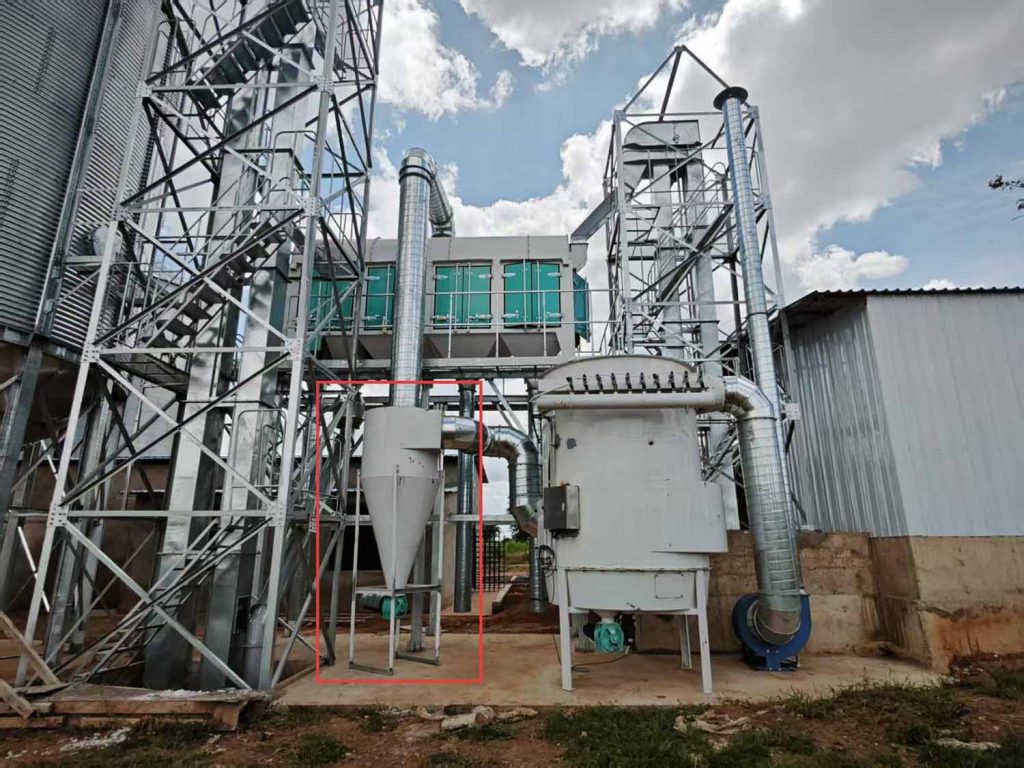Cyclone dust collectors consist of several key components. Each part plays an essential role. They work together to achieve efficient dust separation.

Main Components
Air Inlet Device
The air inlet is the entry point for dusty gas. It usually features tangential inlet design. This makes gas enter the collector with high-speed rotation. The design uses airflow kinetic energy effectively. It generates strong centrifugal force. This throws dust particles toward the wall for initial separation.
Collector Main Body
The main body is the core part. It mainly consists of a cylinder and cone. The cylinder provides space for airflow rotation. Its diameter and height determine rotation speed and centrifugal force. The cone sits below the cylinder. It guides dust particles downward for deposition.
Exhaust Device
The exhaust device releases cleaned gas. It is usually located at the collector top. Designs include embedded or external types. The exhaust must ensure smooth gas discharge. It should also avoid disturbing dust deposition.
Dust Collection Device
This device collects and stores separated dust. Common types include dust hoppers and discharge valves. The dust hopper sits at the collector bottom. It stores separated dust temporarily. Discharge valves remove dust from the hopper. Common examples are rotary valves and screw conveyors.
Functions of Each Component
Air Inlet Device
Tangential inlet design creates strong internal rotation. This generates centrifugal force effectively. It throws dust particles toward the wall.
Collector Main Body
Cylinder and cone design directly affects separation. Air rotates at high speed inside the cylinder. Centrifugal force throws particles toward the wall. They then deposit there.
Exhaust Device
Its position and shape greatly impact overall performance. Poor design may cause airflow backflow. This reduces dust removal effectiveness.
Dust Collection Device
The hopper stores dust temporarily. Discharge valves remove this dust. Proper design prevents dust clogging. It ensures continuous collector operation.